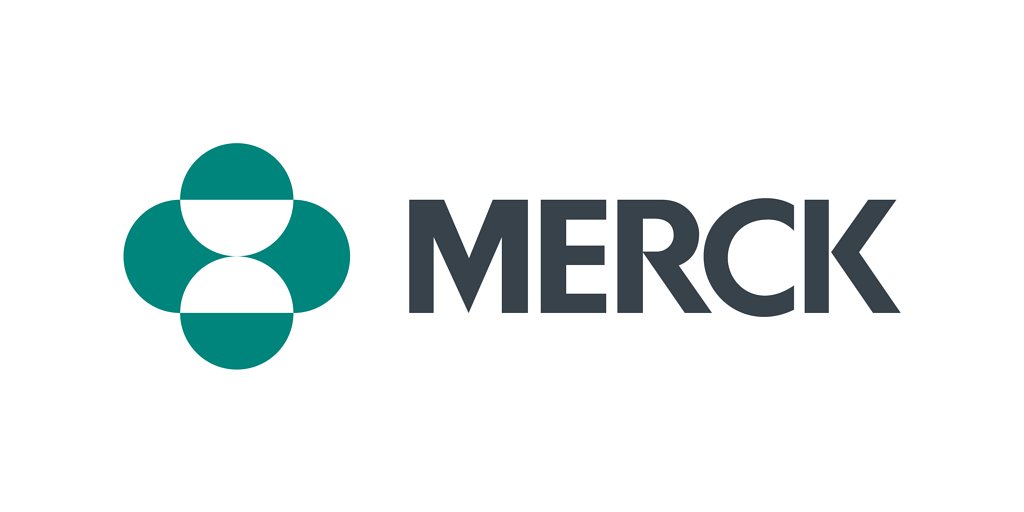
Merck's Subcutaneous Keytruda: A New Era of Convenience in Cancer Care
European approval of a subcutaneous formulation of Keytruda promises faster, more flexible treatment for cancer patients. This move positions Merck as a leader in innovative drug delivery and expands access to a critical therapy.
Merck's Subcutaneous Keytruda: A New Era of Convenience in Cancer Care
NEW YORK, NY – November 19, 2025
The European Commission has granted approval for a subcutaneous (SC) formulation of Merck’s blockbuster anti-PD-1 therapy, Keytruda (pembrolizumab), marketed as Keytruda SC. This approval marks a significant advancement in cancer treatment, offering patients across 33 European countries a faster, more convenient, and potentially less disruptive delivery method. The move underscores Merck’s commitment to innovation in drug delivery and strengthens its position as a leader in the oncology market.
Revolutionizing Treatment Delivery
For years, Keytruda has been administered intravenously, requiring patients to spend significant time in clinics or hospitals for infusions. The new SC formulation dramatically reduces administration time – down to as little as one minute every three weeks, or two minutes every six weeks – significantly easing the burden on patients and healthcare systems. “The current IV infusions can be quite tiring for patients, requiring a substantial time commitment. Anything that minimizes disruption to their daily lives is a welcome advancement,” noted a European oncologist who preferred to remain anonymous.
The subcutaneous route utilizes berahyaluronidase alfa, a recombinant enzyme that temporarily breaks down hyaluronan in the subcutaneous tissue, enhancing drug absorption. This allows for a larger volume of Keytruda to be delivered under the skin in a shorter timeframe. Merck’s approach differs from other recently approved SC immunotherapies, using Alteogen’s ALT-B4 technology rather than Halozyme’s ENHANZE platform. This allows for the rapid administration that is a key differentiator in a growing field.
A Competitive Landscape Heats Up
The approval of Keytruda SC comes amid increasing activity in the subcutaneous immunotherapy space. Roche’s Tecentriq SC received EU approval earlier this year, and Bristol Myers Squibb followed suit with Opdivo SC in May 2025. While all three therapies offer a more convenient delivery method, Merck is emphasizing the exceptionally rapid administration time achievable with its formulation. “We believe our ability to deliver Keytruda in just one minute with the three-week dosing schedule sets us apart,” stated a company representative.
The competitive landscape is likely to intensify as more pharmaceutical companies develop SC formulations of their immunotherapies. Analysts predict that this trend will not only improve patient outcomes but also drive efficiencies within healthcare systems by freeing up valuable clinical resources. The ability to administer these therapies in more diverse settings, such as doctors’ offices or community clinics, could also expand access to potentially life-saving treatments for patients in underserved areas.
Impact on the Oncology Market
The potential financial implications of Keytruda SC are substantial. Keytruda is already one of the world’s best-selling drugs, generating billions of dollars in revenue annually. The SC formulation is expected to further bolster sales by attracting patients who may have been hesitant to undergo lengthy IV infusions. While specific revenue projections are not publicly available, market analysts anticipate a significant positive impact on Merck’s oncology portfolio.
Beyond revenue, the SC formulation offers strategic advantages by reinforcing Merck’s commitment to patient-centric innovation and strengthening its position as a market leader. The company’s investment in innovative delivery technologies signals a proactive approach to meeting the evolving needs of cancer patients and healthcare providers.
“The move to subcutaneous administration isn’t just about convenience; it’s about changing the treatment paradigm for cancer patients,” explained a healthcare economist. “It’s about empowering patients to take control of their health and improving their overall quality of life. This shift represents a significant step forward in the evolution of cancer care.
📝 This article is still being updated
Are you a relevant expert who could contribute your opinion or insights to this article? We'd love to hear from you. We will give you full credit for your contribution.
Contribute Your Expertise →